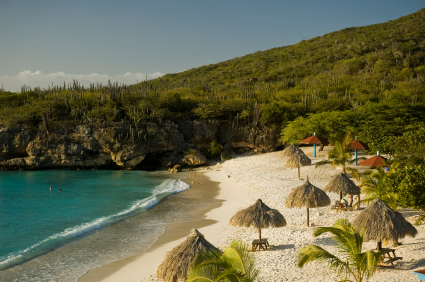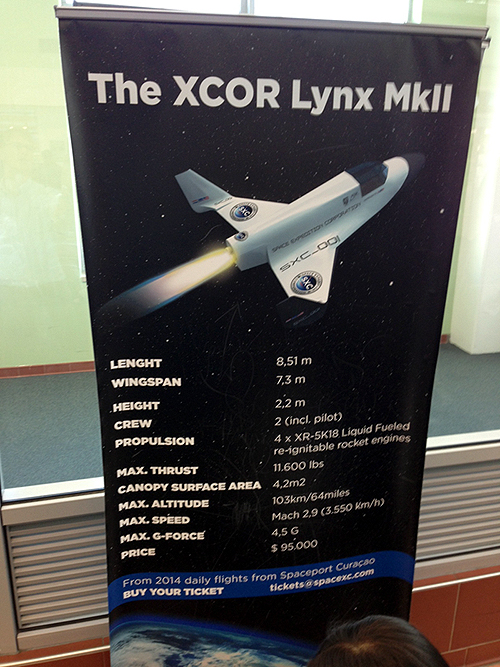 Today we are whisking you off away from the world of cold rooms and refrigeration and into the world of Caribbean islanders – to Curacao. Sunshine, beautiful beaches and a wonderfully consistent warm climate make Curacao an attractive tourist destination – but we don’t sell holidays, so why should we be promoting a sun-drenched Caribbean island? Well, it’s all thanks to the amazing diversity of uses for sandwich panels!
Today we are whisking you off away from the world of cold rooms and refrigeration and into the world of Caribbean islanders – to Curacao. Sunshine, beautiful beaches and a wonderfully consistent warm climate make Curacao an attractive tourist destination – but we don’t sell holidays, so why should we be promoting a sun-drenched Caribbean island? Well, it’s all thanks to the amazing diversity of uses for sandwich panels!
We have been involved in two exciting construction projects on Curacao to date so we have come to know the island quite well. In a previous post about modular home design we shared photographs showing the stage by stage development of a site for the construction of 13 modular housing units. In another post we described how we constructed a special controlled environment for a pharmaceuticals company on the island. Although these structures serve very different purposes, what they share in common is the principle of using sandwich panels in the construction.
Before we became involved in these projects we had only a vague notion of where Curacao was and knew little about its economic and political position. Here are just a few of things we learned:
- Curacao is located just off the coast from Venezuela and enjoys a tropical savannah climate
- All year round temperatures are in the range of 25°C (average min) to 31°C (average max)
- It is a constituent country of the Kingdom of the Netherlands and its currency is the Netherlands Antillean Guilder
- Its capital is called Willemstad and the island’s total population is just over 150,000
- There is a special shade of blue called Curacao which takes its name from the liqueur Blue Curacao.
Curacao has a colourful history which, once you know about it, makes it easier to understand the island today. The original islanders are believed to have been Arawak people and the first Europeans to ever see it were Spanish (1499). In subsequent years the island came under the rule of The Netherlands and the island’s capital Willemstad was founded by the Dutch West India Company who recognised the value of the natural harbour for trade and shipping. In the 17th century Curacao became well established for commerce (and also piracy!) and by the late 19th century the island had changed hands a number of times between the Dutch, French and British. In the early 20th century the discovery of local oil deposits led to a new phase of economic prosperity for the island with Royal Dutch Shell leading the exploration with a large oil refinery installation.
 Today tourism is a primary source of income for the island with visitors from all over the world coming to enjoy the all year round warm climate. However, the island has ambition to boost that tourism much further – using rocket power! Yes, quite literally.
Today tourism is a primary source of income for the island with visitors from all over the world coming to enjoy the all year round warm climate. However, the island has ambition to boost that tourism much further – using rocket power! Yes, quite literally.
We first got to know of this when one of our key staff was visiting the island and saw this poster at the airport. The plan is to bring space tourism to the island and thereby offer a radically new, luxury type of tourism for the world’s wealthy people. The project’s focus will be ‘Caribbean Spaceport’ which the government in conjunction with business institutions hopes to have operational very soon.
We knew little about space tourism but after seeing the poster we wanted to know more. Apparently the Lynx is a suborbital, rocket powered spaceplane with horizontal take-off and landing capability. Its manufacturers claim that it will offer the chance for 1 pilot and 1 paying passenger (fully trained in advance) to be ‘in space’ within 4 minutes of take-off (min 100km above the earth’s surface). Apparently they will experience weightlessness for a while and be able to see the curvature of the earth before returning back to Curacao.
When we first read this it all seemed a little far-fetched but on further reading we realised that space tourism is a serious proposition into which a lot of time, energy and money is being invested. Such investors include the likes of Sir Richard Branson whose own space travel project is based in the Mojave Desert.
Sandwich Panels Connection
Having taken you onto a Caribbean island, up and onto the outer edge of space and then back to earth, we have one more fascinating piece of information to share. Curacao may not realise it but the diverse developments it is currently embracing of new modular housing construction, controlled environment test chambers and space tourism all have one thing in common – sandwich panels. The principle of sandwich-structured composite materials is key to the modular housing and test chambers we build as well as to space exploration. Click here to see a photo courtesy of Wikipedia of a composite sandwich structure panel used in testing by NASA.
However, if a more down to earth approach to construction appeals to you and you are involved in new industrial build project, our page on industrial sandwich panels will certainly be of interest.